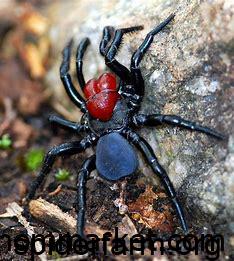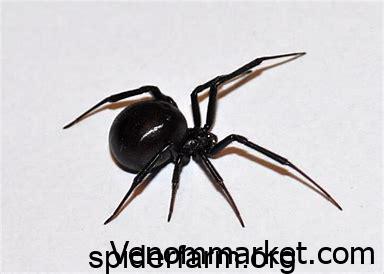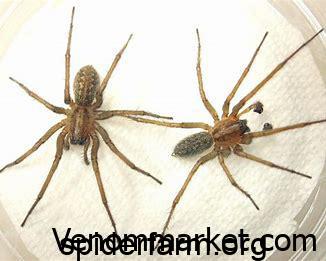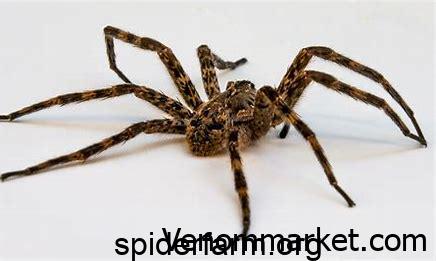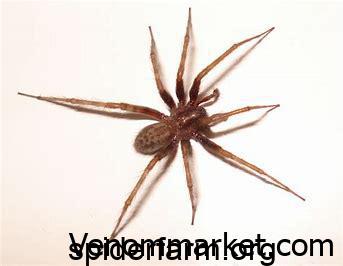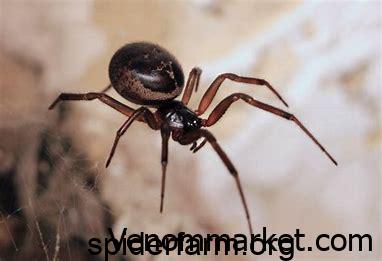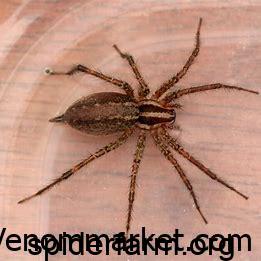Putting animal toxins to work

As some scientists continue to identify and examine individual toxic peptides inside of venom, others are searching for ways to use those toxins to make the world better.
In one of the most promising approaches, venom toxins are inspiring pesticides that protect agricultural crops from insects. Scorpions are already really good at killing insects, after all. Why not copy what they do?
As an insect-fighter, venom has lots of potential. One reason is that each toxic peptide inside venom has had millions of years to target a specific type of insect. For example, some fat-tailed scorpions in Africa produce a well-studied toxic compound called AaIT. The toxin paralyzes some types of beetles but does nothing to others. It has no effect on humans. Other types of toxins might work only on grasshoppers or locusts. (The number and type of toxins determines how dangerous an animals’ venom is).
That kind of focused attack would be hugely helpful to farmers. Traditional pesticides are made from strong chemicals that tend to harm all animals equally. As these chemicals fight the bad guys, they also hurt the good guys, such as helpful insect pollinators, innocent farm animals like cows, and people. It would be more useful to have venom-like strategies that killed only mosquitoes that carry diseases or worms that eat corn crops.
Scorpion-inspired pesticides would also be safer and more environmentally friendly than chemicals because they would decompose. So, these pesticides wouldn’t build up in soil or water. They can’t get into the bodies of animals and people if they don’t get into water or food.
Scientists have already deciphered what some of these specific toxins look like and how they work. Researchers have even created versions that act like the originals.
The biggest challenge now is to make the venom-inspired pesticides do what they’re supposed to do. Spraying them onto plants won’t do: Insects can swallow venom without harm. Instead, researchers are experimenting with bacteria and fungi that can deliver toxins directly into the bodies of insects, just like scorpion stings do.
“They’ve got great potential,” St. Leger says. “What we need now is delivery systems.”
Healing powers
As crazy as it may sound, venom toxins might also help heal people.
Some scorpion venom toxins affect only the cells of mammals. These compounds probably provide defense against predators, such as coyotes and squirrels. But they also work on humans. That’s bad news if the venom comes from the stinger of a scorpion. In the hands of a doctor, though, the poisons might do good.
Toxic compounds that kill cells, for example, could be injected into tumors to fight cancer. Compounds that paralyze cells could fight pain. In fact, there is already a pain-killing drug available that was inspired by the venomous cone snail, a type of sea snail.
Nature has been doing experiments for hundreds of millions of years, St. Leger says. Some species and strategies have gone extinct. Others, like scorpions, have developed powerful chemicals for staying alive. As venom research pushes forward, there is a lot to be learned from what already exists in the environment.
“All we are left with is all of Nature’s successful experiments,” St. Leger says. “They teach us a lesson. They might show us that things we hadn’t thought of before are possible.”




